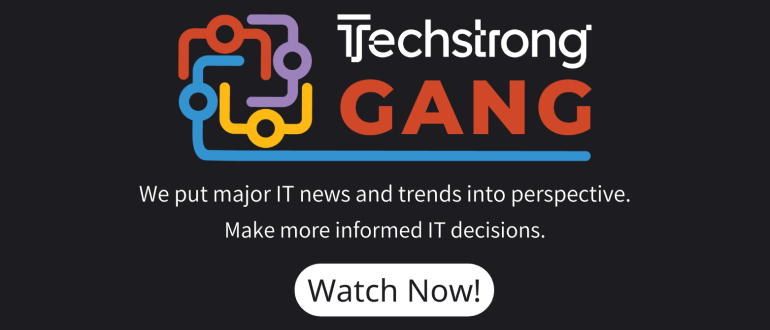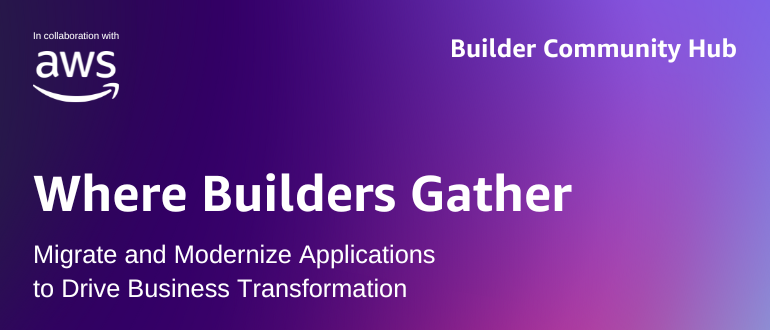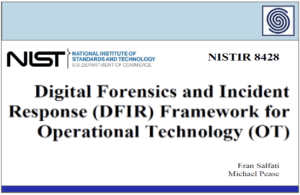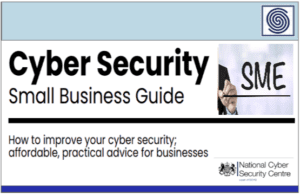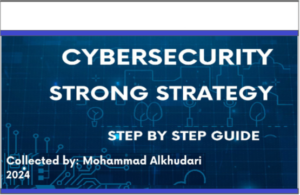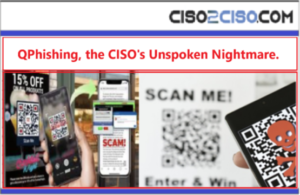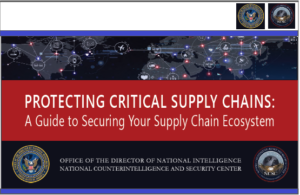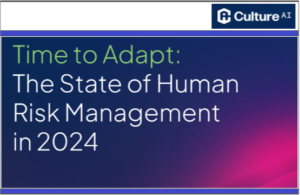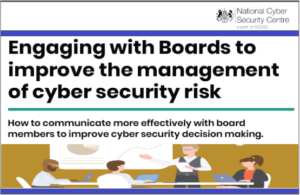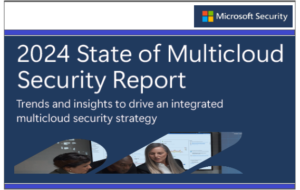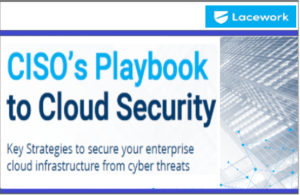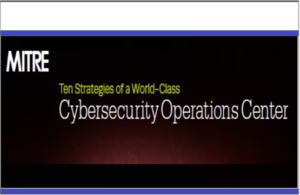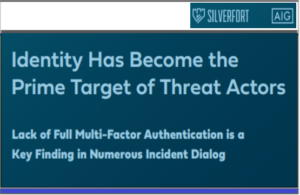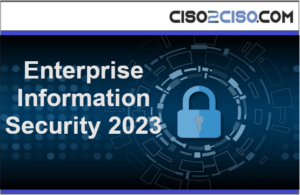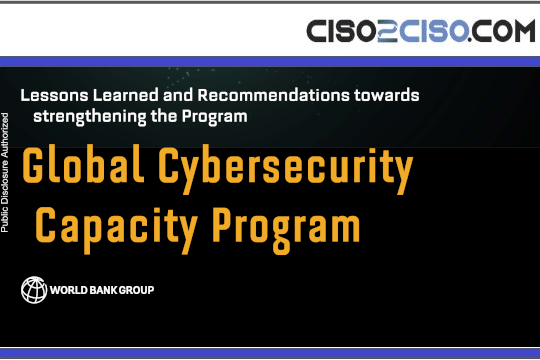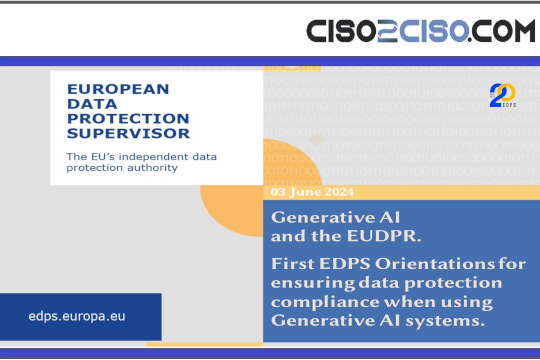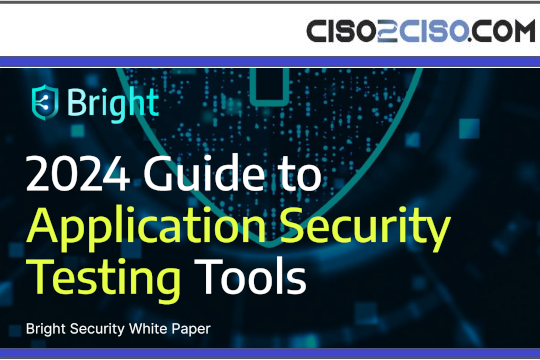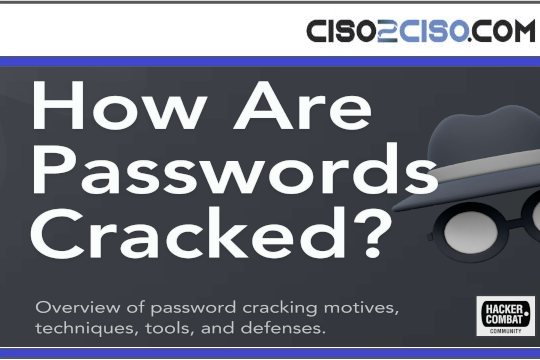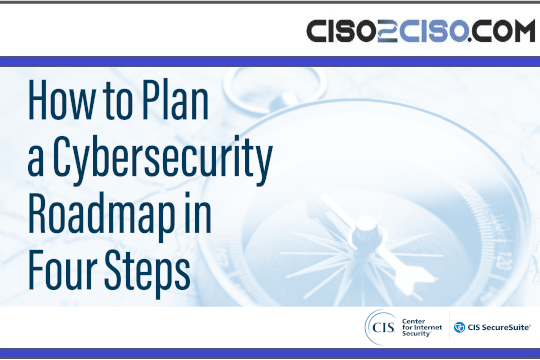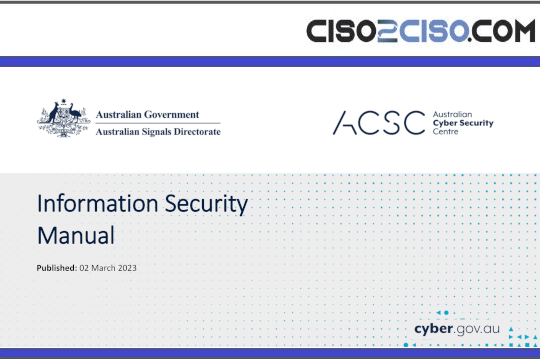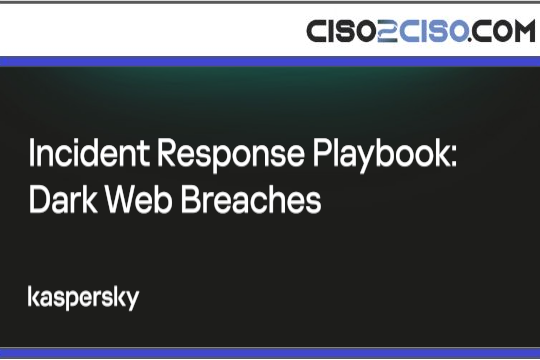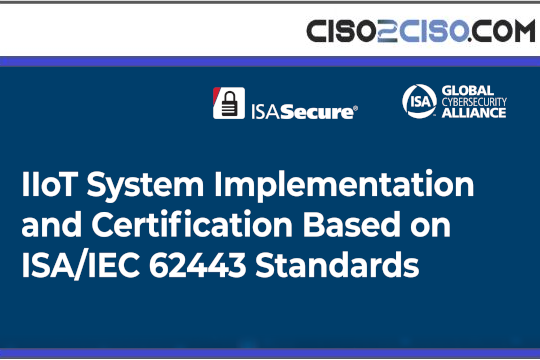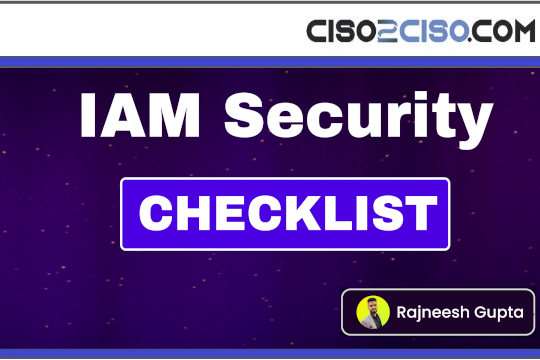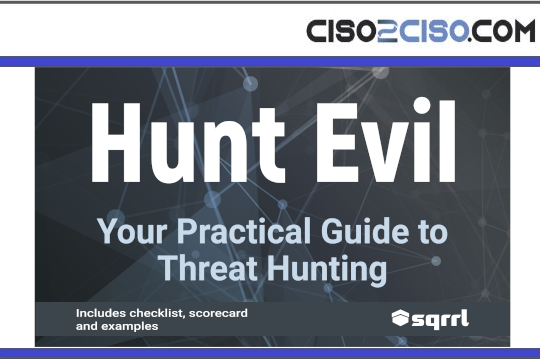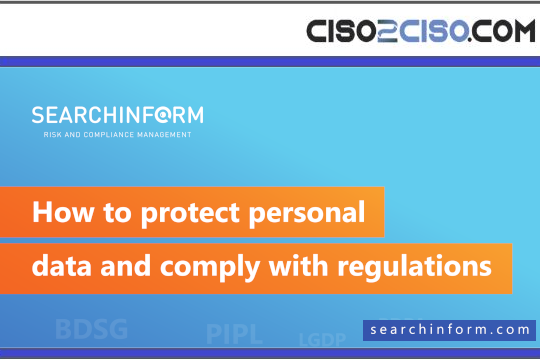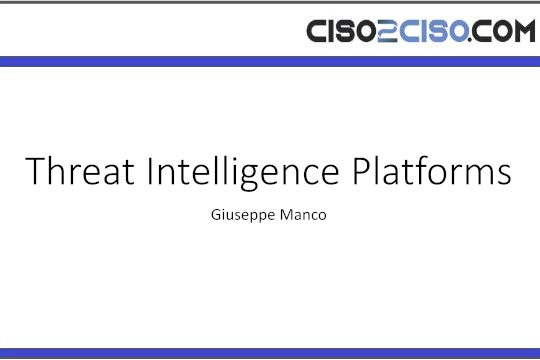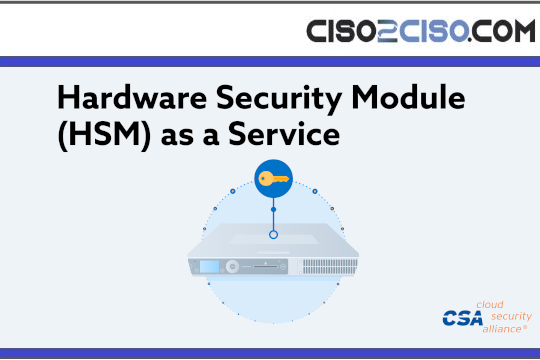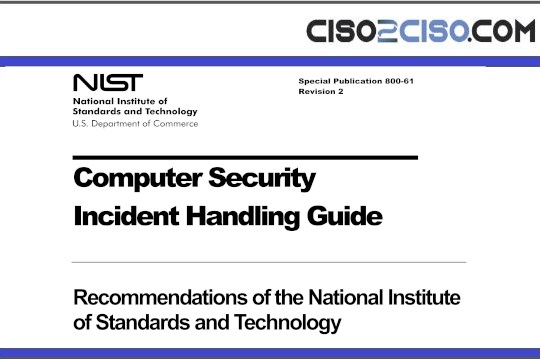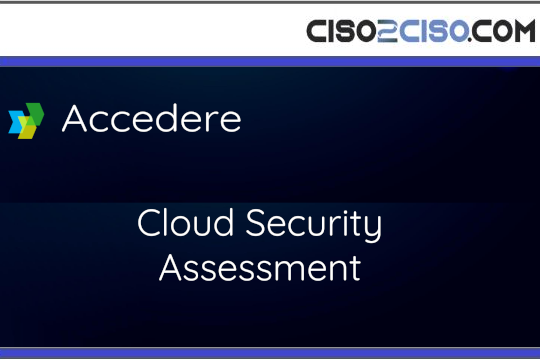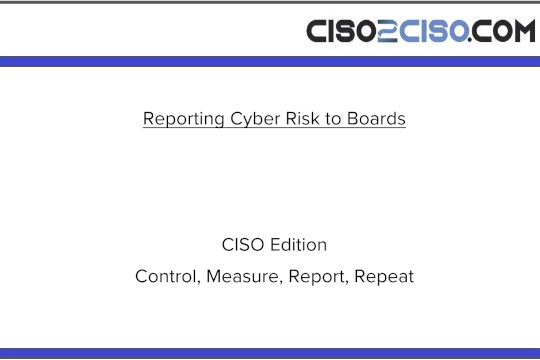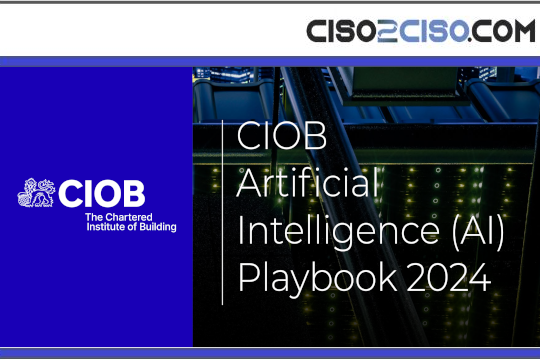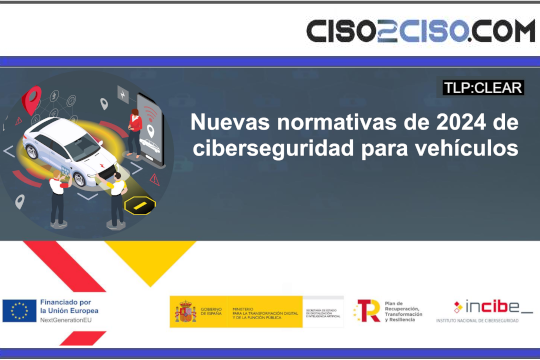Source: securityboulevard.com – Author: Rick Song
According to a cyber report earlier in 2024, 68% of breaches involved a non-malicious human element — but this isn’t just about individual employees making mistakes. It represents a massive vulnerability that’s costing enterprises billions in lost data, fraudulent transactions, and broken consumer trust.
While cybercriminals traditionally focused on breaking through technical defenses, they’ve now transformed their approach to simply logging in using compromised credentials. They’re weaponizing social engineering, phishing and deepfakes — now supercharged by generative AI — to exploit human touchpoints across the enterprise at unprecedented scale. Every compromised employee account becomes a gateway to sensitive systems, customer data and financial assets.
Traditional security infrastructure — firewalls, endpoint protection, password policies — wasn’t built for this evolution. These systems can’t detect when a criminal is using valid credentials obtained through social engineering to access customer records, initiate wire transfers, or exfiltrate intellectual property.
The business impact is staggering: In 2023 alone, enterprises lost $2.9B to Business Email Compromise (BEC) attacks. Major brands saw their stock prices plummet after massive data breaches started with a single phished employee. And the reputational damage from losing customer data has become almost impossible to recover from in an era of eroding digital trust.
The only way for enterprises to protect their assets, customers and reputation is to implement continuous identity assurance across every business process — from employee onboarding to high-risk transactions.
Fact: Attackers Exploit Human Weakness
Phishing and social engineering attacks have reached unprecedented sophistication, fueled by generative AI that allows attackers to craft, scale, and adaptively tune their campaigns. These tools have changed what was once a manual process, making it easier than ever to exploit human psychology at scale.
The traditional enterprise response has been additive, with organizations layering on more security measures like frequent password resets, multiple authenticator apps, and 2FA requirements. While updating security practices is crucial, simply adding friction isn’t the answer — each new hurdle creates a cascade of challenges without necessarily improving security. Despite more authentication steps, users can still be socially engineered, and a determined attacker with sophisticated tools can often convince employees to bypass even complex security measures.
This creates mounting pressure on security and IT teams, who face surging support tickets as users struggle with password resets and locked accounts, growing complexity in managing multiple security platforms and vendors, increased manual review processes and rising user frustration that often leads to security shortcuts. The ripple effects extend beyond security, impacting employee productivity and satisfaction, IT resource allocation, business process efficiency, and overall operational costs.
The solution is to implement intelligent identity assurance that can detect and stop impersonation attempts without creating unnecessary friction. Organizations need security measures that scale efficiently while maintaining user experience and reducing operational burden on IT teams.
GenAI is Making Social Engineering Attacks More Numerous and More Convincing
GenAI has fundamentally changed how cybercriminals execute social engineering campaigns. It’s dramatically reduced the time and effort needed to create convincing attacks, while simultaneously making these attacks more effective at deceiving employees. Here are two critical ways GenAI is amplifying these threats.
- Automated Phishing at Scale: GenAI has transformed phishing from a manual effort into a highly automated operation. Attackers can now instantly generate thousands of context-aware messages that perfectly mirror your company’s communication style, internal processes and executive writing patterns. These are sophisticated campaigns that adapt to your organization’s specific language and workflows. When a single convincing message can compromise an employee account and lead to enterprise-wide damage, this ability to rapidly produce and refine attacks represents a serious escalation of risk.
- Enhanced Social Engineering: GenAI has made social engineering attacks drastically more convincing through synthetic media. Attackers can now supplement their phishing campaigns with fake video calls where an AI-generated “executive” requests urgent wire transfers, or voicemails that sound exactly like a known vendor asking for system access. These are multi-channel attacks that leverage realistic synthetic voices, photos and videos to make their social engineering more persuasive. When an employee receives what appears to be a video message from their CEO or a voice call from a trusted colleague, even security-trained staff can be deceived.
How to Strengthen Workforce Security
Protecting your workforce doesn’t have to create more headaches for your team. The key is adopting smart, seamless security measures that address vulnerabilities without slowing people down. Targeting critical moments and using adaptive tools can help you safeguard your systems while keeping employee experiences smooth. Here are a few strategies you can apply:
- Integrate Automated Identity Verification into Critical Workflows: High-risk moments — like onboarding, account recovery, password resets and privileged events such as accessing sensitive systems—are prime opportunities for attackers. Embedding identity verification directly into these workflows ensures only legitimate users gain access. Look for tools that integrate effortlessly with existing systems to secure your operations without adding unnecessary complexity or operational burden to internal teams.
- Adopt Multiple Verification Methods: Passwords alone aren’t enough to protect your organization. Combine methods like government ID checks, biometric verification (e.g., selfies), and database cross-referencing to confirm identities with confidence. To balance security with usability, employ adaptive step-up verification — adding extra checks only when risk signals demand it. This approach keeps friction low for legitimate users while blocking potential attackers.
- Defend Against Deepfakes and Fraud with Behavioral Risk Analysis: Deploy verification to validate submitted information and corroborate it with observable evidence from behavioral signals and contextual data. Then use advanced link analysis across your workforce to spot suspicious patterns that could indicate coordinated attacks. This layered, intelligent approach stops sophisticated impersonation attempts while keeping the employee experience smooth.
- Align with Security and Compliance Standards: Your security strategy should also align with regulatory requirements like NIST IAL2. Meeting these standards not only ensures compliance but also adds another layer of trust and protection against identity-based attacks.
Enterprises can protect their workforce and critical systems without creating unnecessary barriers, striking the perfect balance between security and usability.
Protecting Your Business’ Bottom Line
Today’s criminals use AI-powered social engineering to target your people, striking during critical business moments to steal data and drain funds through convincing impersonation attacks.
Strengthening identity verification is about protecting your bottom line. By embedding intelligent verification into key workflows, organizations can stop sophisticated impersonation attempts before they result in costly breaches or fraud, while giving infosec teams more data and time to stay on top of emerging threats.
The fact is that a single successful attack can lead to millions in losses. Implementing intelligent identity verification to protect your assets and prevent devastating financial damage.
Original Post URL: https://securityboulevard.com/2025/03/identity-verification-the-front-line-to-workforce-security/?utm_source=rss&utm_medium=rss&utm_campaign=identity-verification-the-front-line-to-workforce-security
Category & Tags: Cybersecurity,Identity & Access,Security Boulevard (Original),Social – Facebook,Social – LinkedIn,Social – X,Identity Verification – Cybersecurity,Identity & Access,Security Boulevard (Original),Social – Facebook,Social – LinkedIn,Social – X,Identity Verification
Views: 1


